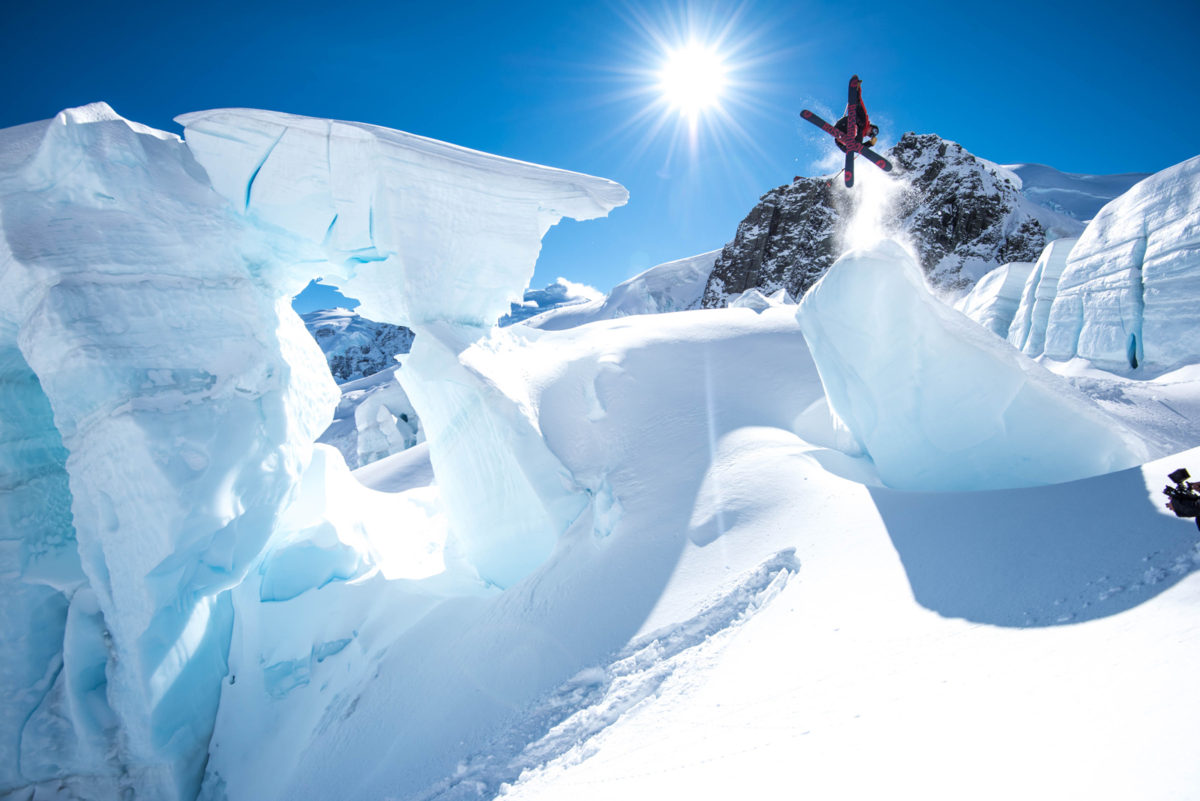Photo: Tony Harrington
Japan's snow season is over, but it's still not slippery enough! I want to be in the snowy mountains all year round! For such enthusiastic skiers and snowboarders, the southern hemisphere, where you can ski in the middle of summer, is a concern. The 2023 season has finally started in New Zealand and Australia in the southern hemisphere, on the other side of the world from Japan. What is overseas skiing like in New Zealand and Australia in summer in Japan?
Full-fledged powder and backcountry skiing in summer in Japan!
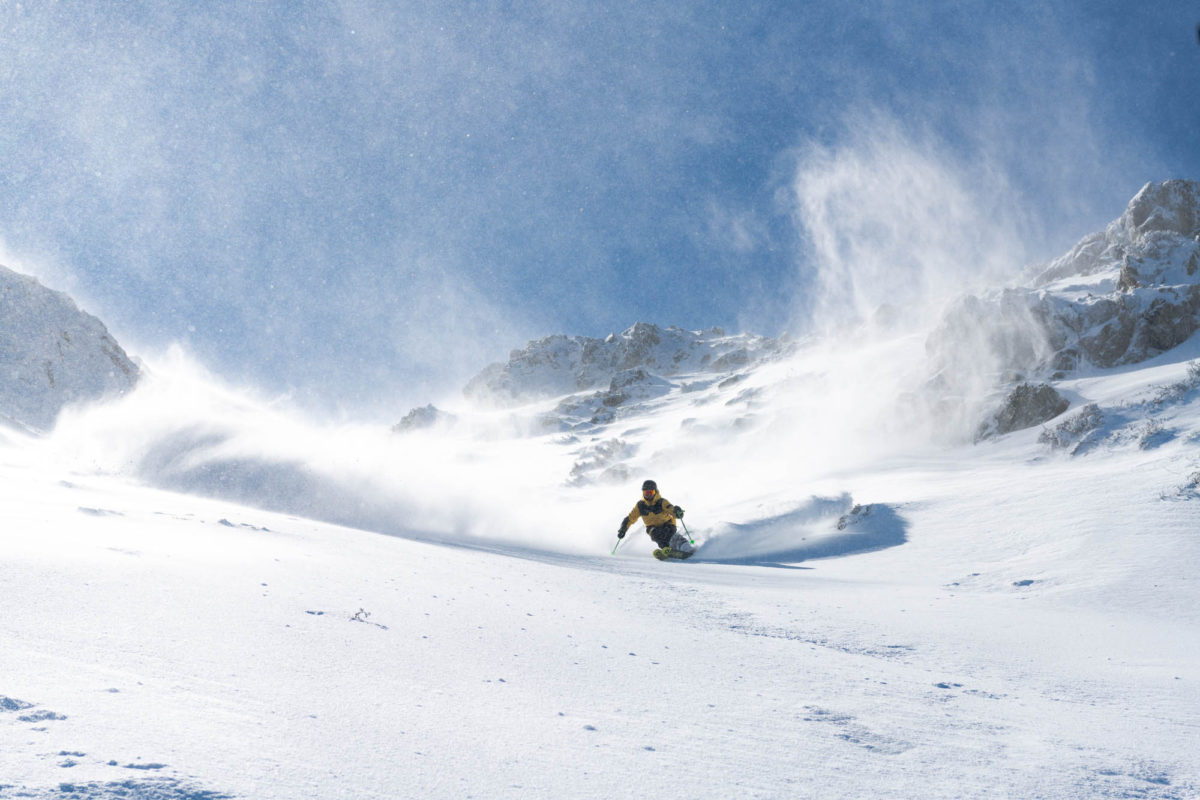
New Zealand/Australia season starts in June
New Zealand and Australia in the southern hemisphere have snow season from June to October. What kind of snow mountains and snow resorts are there?
New Zealand (NZ) consists of the North Island and the South Island, and the Southern Alps, a mountain range with an altitude of over 3,000m, runs through the South Island. Famous. Naturally, it brings a lot of snow in the winter, and the quality of the snow is comparable to that of the European Alps in the Northern Hemisphere, and Japan's famous powder spots.
Around the Southern Alps, there are famous and popular ski resorts such as Mt.Hutt, Cardrona, Treble cone, Coronet Peak, and The Remarkables. . All of them are large-scale resorts with well-equipped resort facilities and plenty of rentals, so enthusiastic freaks from all over the world who want to ski in the middle of summer come for ski trips, as well as alpine and snowboard national team athletes. is holding a training camp. That's why the resort's specs are so high.
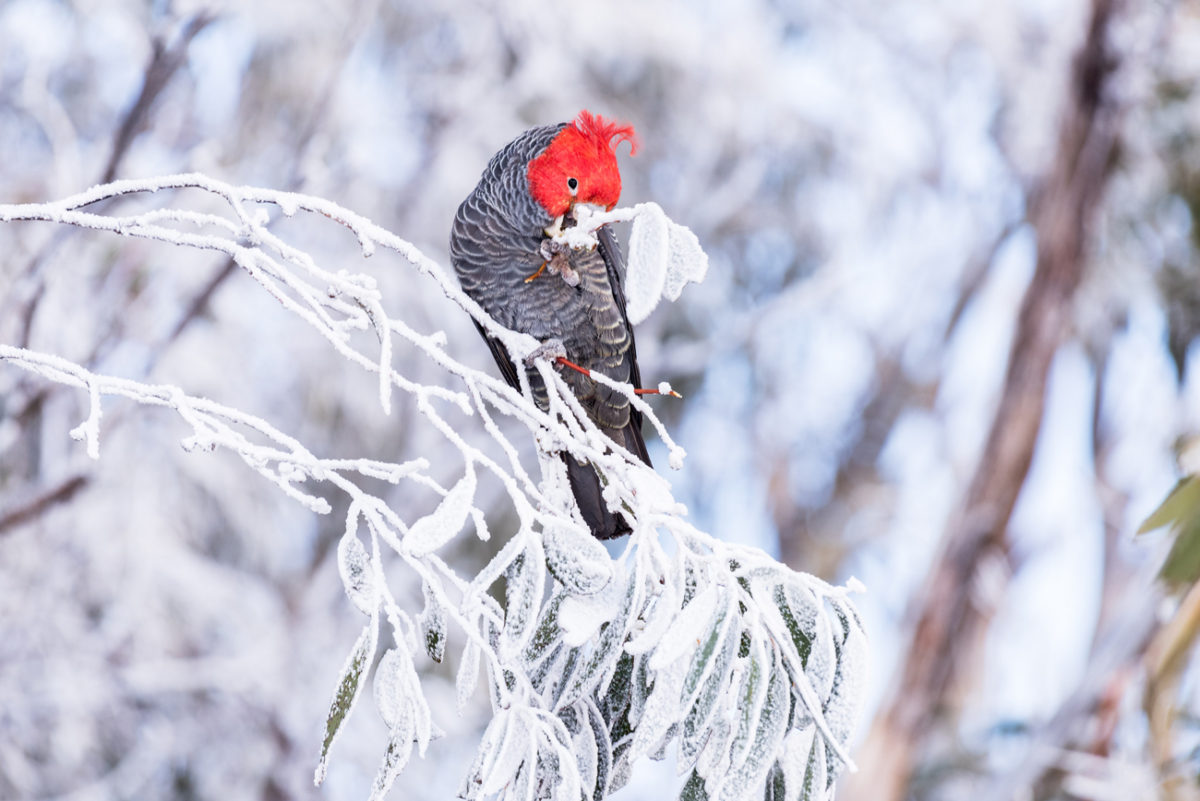
Australia (AUS) has the image of being warmer than New Zealand, but the snowy mountains around the border between New South Wales (NSW) and Victoria (VIC) in the southeastern part are over 1,500m above sea level. It is a highland, and from July to August, there is a large amount of snowfall and you can enjoy powder riding. There are also many sophisticated resorts, and Perisher Blue and Thredbo are said to be one of the best resorts in the southern hemisphere, with a top elevation of over 2,000m.
Where should I go, New Zealand or Australia?
If you are unsure, if you want to go on an overseas ski trip that focuses on skiing, such as powder off-piste heli-skiing, high-spec park rides and high-speed carving on the grooming barn, New Zealand is a place where you want to enjoy not only skiing but also sightseeing and gourmet food. For a family ski trip with children, Australia, which has many sightseeing spots, should be your choice.
how much does it snow what kind of snow?
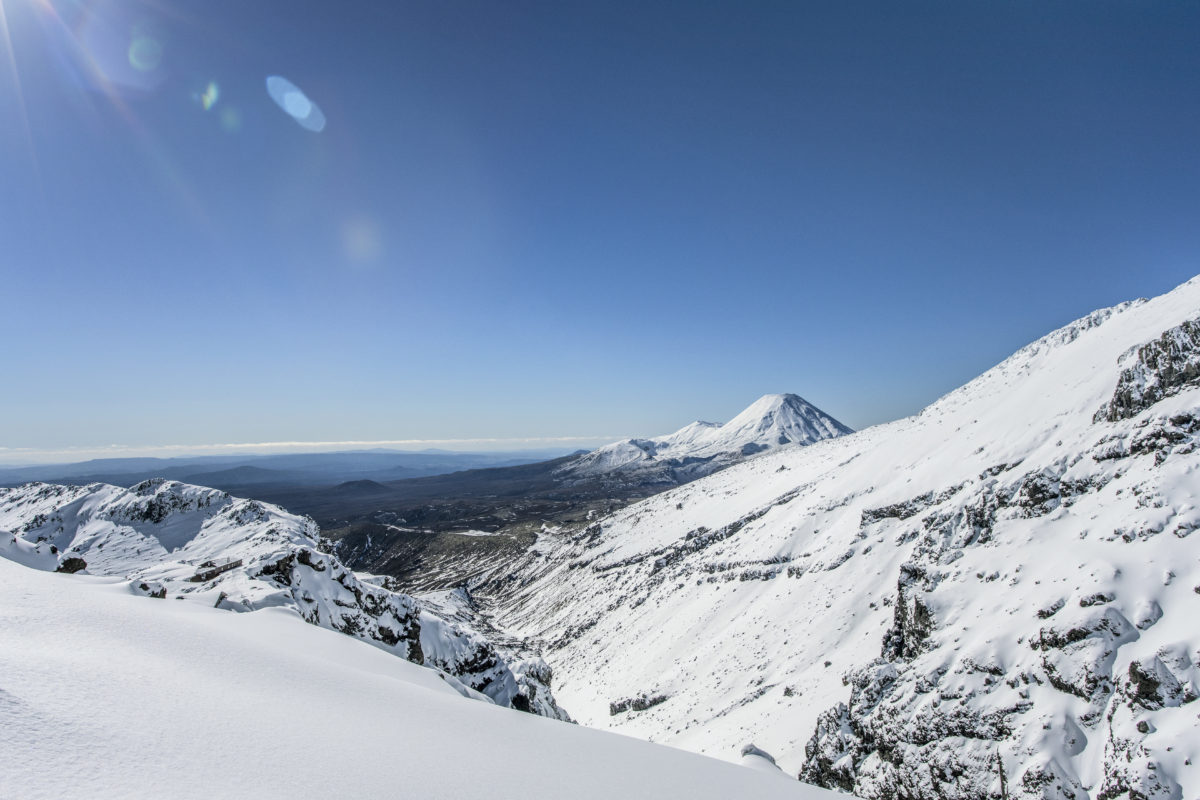
Let's take a look at published data from five areas of New Zealand's South Island, the North Island, and two of Australia's leading resorts.
| average snowfall | top elevation | base elevation | Season (business period) | |
| Mt.Hutt Mount Hutt (Methven Area/New Zealand South Island) | 4.0m | 2,086m | 1,404m | June 9th to October 15th |
| Cardrona Ski Resort Cardrona (Wanaka Area/New Zealand South Island) | 2.9m | 1,860m | 1,670m | June 17th - October 15th |
| Cornet Peak Coronet Peak (Queenstown Area/New Zealand South Island) | 1.9m | 1,649m | 1,187m | June 16th to September 24th |
| Craigieburn Craigieburn (Canterbury area/NZ South Island) | ? | 1,308m | 1,811m | Early July to early October |
| Turoa Turoa (NZ North Island) | 4.0m | 2,322m | 1,600m | Late June to late October |
| Perisher Ski Resort Perisher (AUS) | 2.5m | 1,605m | 2,034m | June 10th to October 1st |
| Mt.Buller (AUS) Melbourne Area | 2.4m | 1,375m | 1,790m | June 10th to October 1st |
How much snow?
Looking at it this way, it is hard to say that the average amount of snowfall is much higher than that of Niseko (Hokkaido), Natsuyu Kogen (Iwate Prefecture), and Seki Onsen (Niigata Prefecture), which are said to be heavy snowfall areas in Japan. In June, the start of the season, many ski resorts have 100 snow guns (artificial snow machines) in full operation to create snow and welcome the start of the season. However, if you go during the high season (July-August) when it snows the most, you have a high chance of hitting fresh powder.
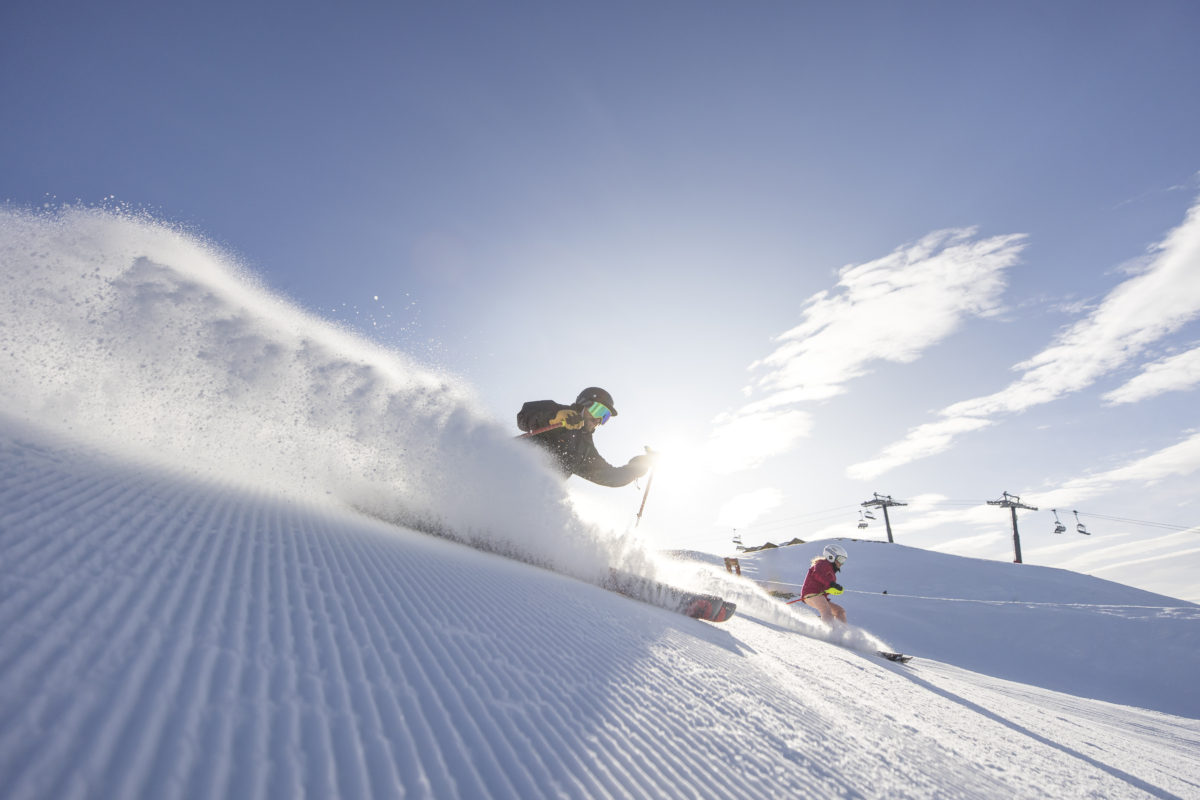
The snow quality in New Zealand is less humid and drier than in Japan. In addition, the base elevation is high and the area above the forest line is a vast open barn with almost no forest belt, so it is easy for the snow to blow away when a strong wind blows. do not have. If there is a lot of fresh snow, the entire surface becomes a sea of powder, and the bowl-shaped spot becomes a powder paradise. In fact, there are many days when the whole mountain feels like a crunchy ice cream.
On the other hand, regarding the snow quality in Australia, Thredbo has the highest elevation in Japan at 2,037m, which is about the same height as Shiga Kogen and Yokote Yamashibutoge ski resorts in Japan. Due to Australia's low latitude, the temperature is relatively high, and the snow quality is rather moist and rather heavy.
Commercial Field and Club Field (NZ)
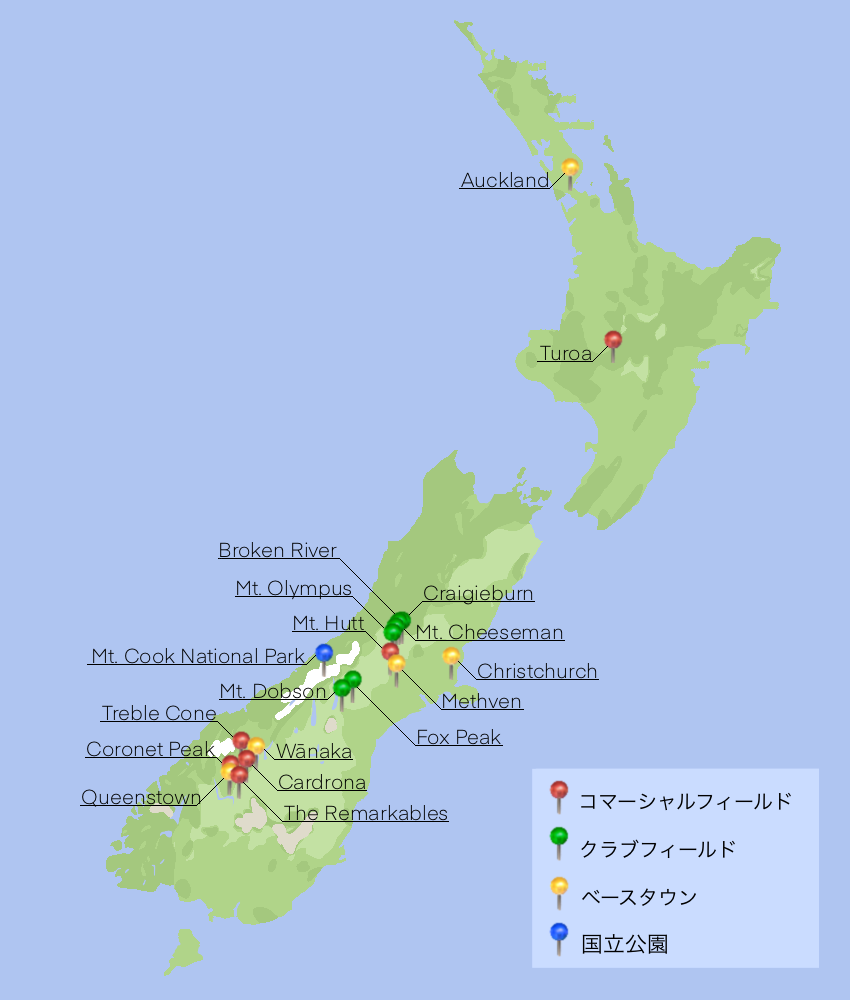
Ski resorts in New Zealand are divided into two types, commercial ski fields and club ski fields, depending on how they are operated.
Major commercial fields in NZ
Commercial ski fields are ski resorts that are operated for profit. Ski resorts are managed by companies, etc., and are maintained with snow vehicles and artificial snow machines. It's like a ski resort in Japan, a commercial facility that offers various services such as schools, updated information, etc.
These major commercial fields are famous and popular among Japanese people, and there are many travel packages from tour companies.
| Commercial Field (South Island) | Resort |
| Mt.Hutt | |
| Cornet Peak | |
| Remarkables | |
| Cadorona | |
| Treblecone | |
| Commercial Field (North Island) | |
| Troua | |
| Club Field (North Island) | |
| Craigiburn | |
| Broken River | |
| Mt.Olympus | |
| Fox Peak | |
| Mt.Dobson | |
| Mt.Cheeseman |
On the other hand, a club field is a local, private ski resort that is not for profit, but operated by a local membership club and operated for club members.
Funding comes from club member dues and donations. The image is close to the famous Club Med. However, most of the club fields also accept general visitors, and if you pay a usage fee, you can use it on a daily basis. Is it like a membership golf club in Japan? The club field is not a ski resort, but rather a vast snow field in a natural mountain with ropes for people to enter and play, and its wildness is overwhelming. It's obvious when you watch the video, so let's take a look at these videos.
Most of the transportation of people is "rope toe" that is pulled up the slope by ropes, and there are not many ropes hanging.
By the way, rope toes are notorious for being difficult, tiring, and scary to ride. I often hear that sideways snowboarding is an ordeal itself. And the access to the ski resort is an uneven off-road road that is not well maintained, and the wildness of nature itself.
No matter how you look at it, it seems that it is far from convenient and comfortable, but in fact, Club Field is very popular with a specific class. That's right, freeskiers, powder hunters, backcountry skiers and snowboarders. Because all of the natural slopes are skiing fields! Most of the places don't have snowmobiles, so when it snows, it's piled up and the whole mountain is off-piste. And because it's local and membership-based, it's always vacant. It's a heavenly field with unlimited powder skiing all day long.
Of the 25 ski resorts in New Zealand, about 10 are club ski fields. There are places that are reasonably well known through Japanese riders such as "Craigieburn" and "Broken River". If you become a New Zealand connoisseur, you will want to go to club fields where you can enjoy overwhelmingly wild ski life rather than skiing on commercial fields.
Even Japanese people can of course join the club as a member if they stay or live there for a certain period of time. If you become a member, lift passes are nearly half price, you can use accommodation facilities in the mountains, and there are plenty of fun events. Someday I want to become a ski bum in New Zealand and become a club member of Club Field... I dream.
What is the local ski life like?
base town
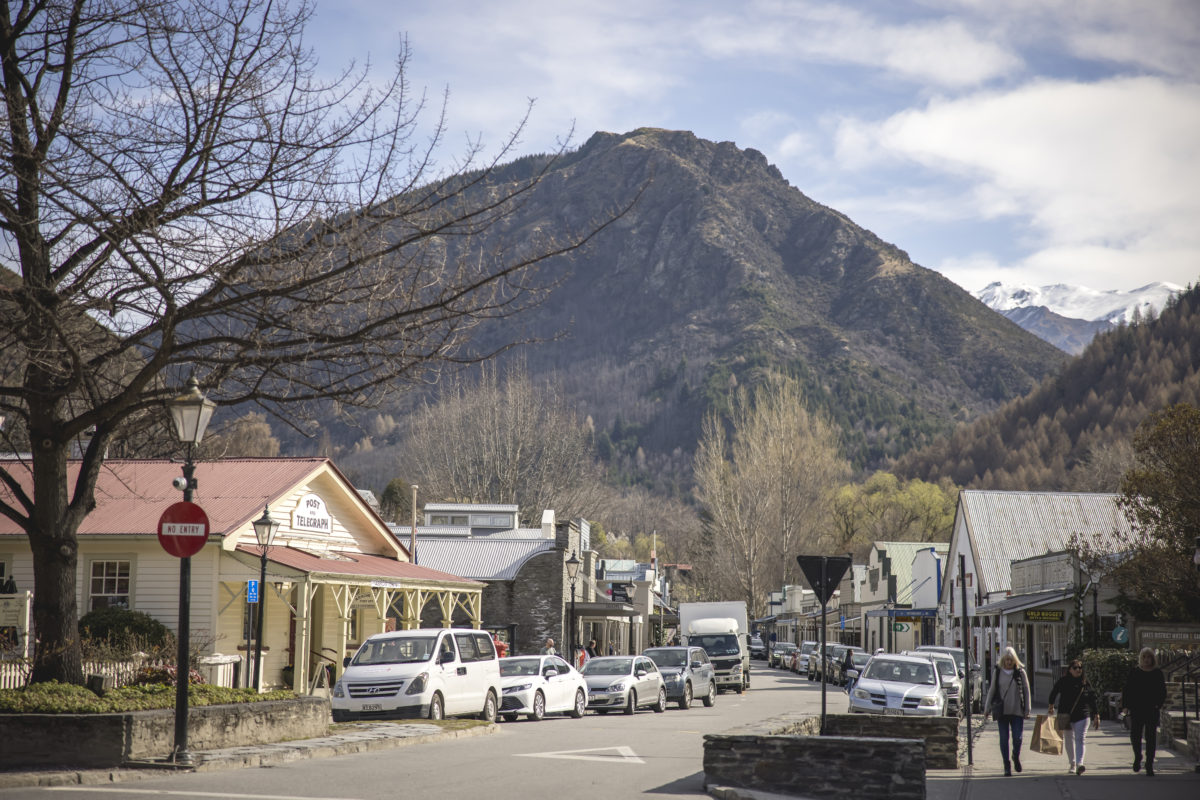
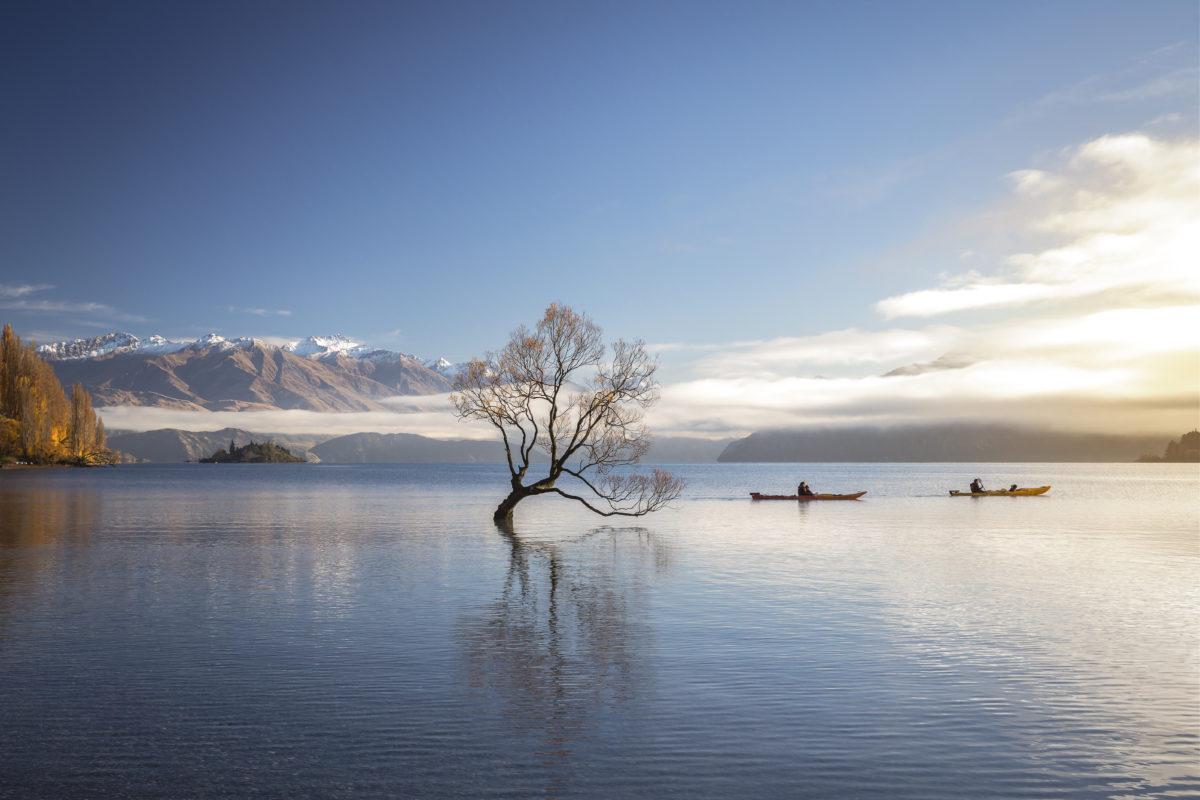
Skiing and snowboarding in New Zealand is a style of staying in the base town near the resort, and going skiing to the resort from there by car or bus, as there are no lodging facilities in the ski resort or at the foot of the mountain. The main base towns and accessible resorts are like this.
・CHRISTCHURCH ➡ Mt.Hutt
・QUEENSTOWN AREA ➡ Cornet Peak, Remakables
・WANAKA AREA ➡ Cardrona, Treblecone
・METHVEN AREA ➡ Mt.Hutt
・CANTERBURY HIGHLANDS ➡ Craigiburn, Broken River, Porters, Mt Olympus, etc.
Resort access
You can stay in a base town near your desired resort and access the ski resort in about 30 minutes to an hour, but the road environment in New Zealand is by no means good. So-called non-asphalt dirt road. It is an image of finally reaching the ski resort after traversing rough roads like off-road, such as gravel roads, narrow roads, and twisted roads.
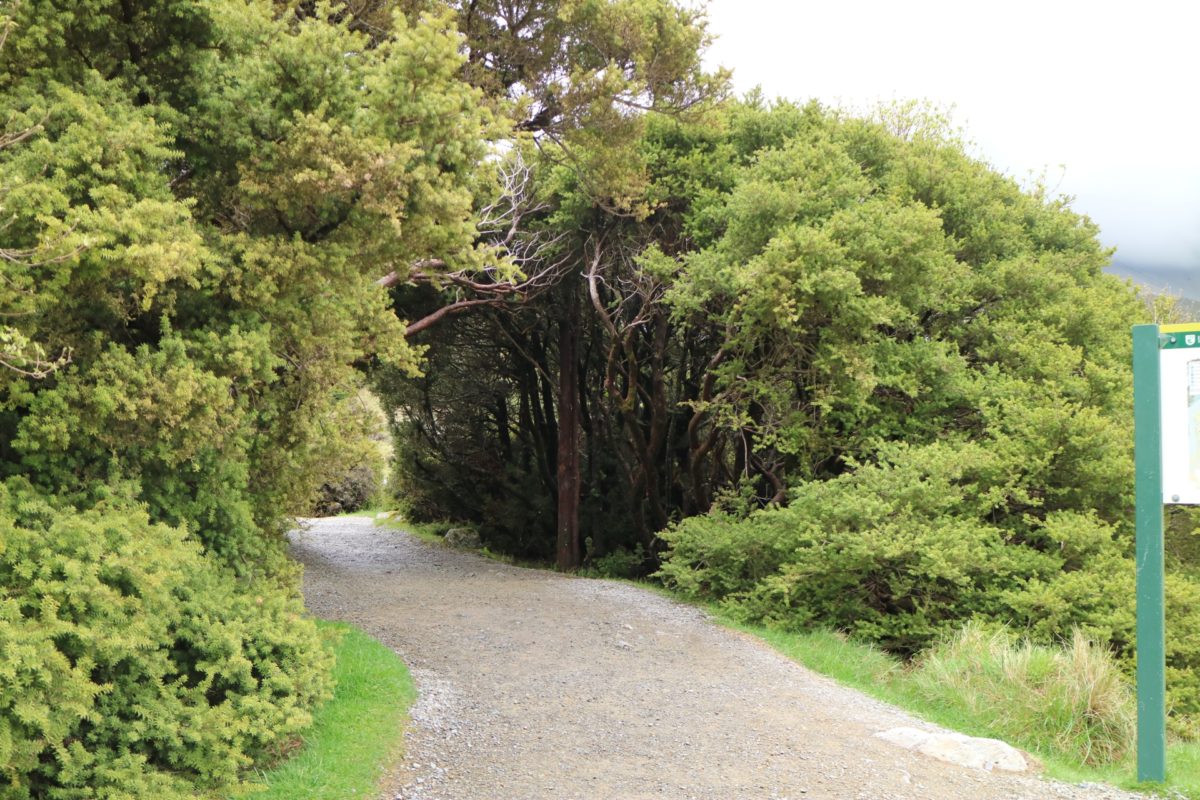
Driving on rough roads in an unfamiliar place with a rental car is difficult, and of course there are many days when chains are required due to snow. I often hear stories of people feeling nervous and nervous before arriving at a ski resort, exhausted from driving, and even when they finally arrive, they don't have the energy to ski. If you are not confident in driving, it is safer to use the bus.
Backcountry is also easy with slope access
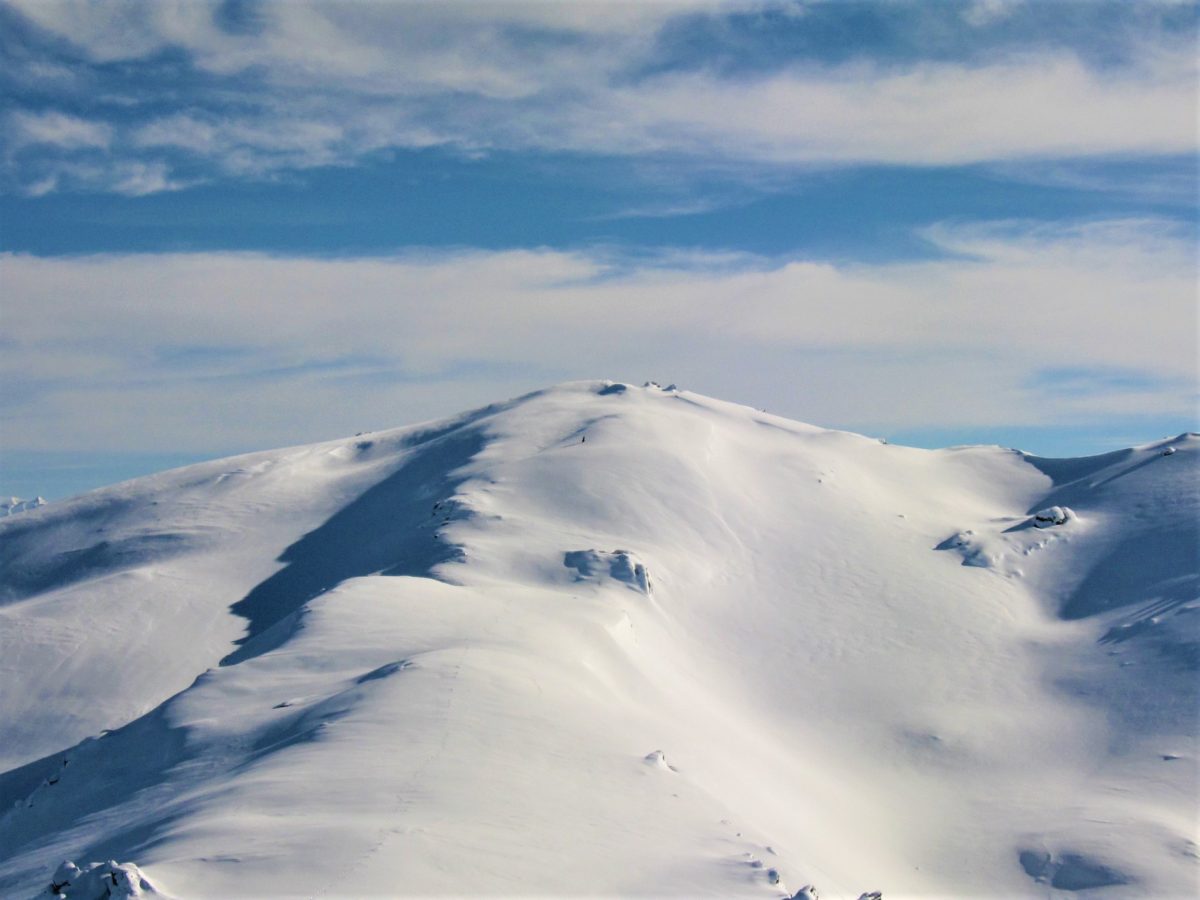
When you think of New Zealand, you have a strong image of practicing pipes and jumps at a snowboard park, and high-speed carving at a grooming barn. There are also many tours.
The vast BC can be easily accessed from the slopes of commercial fields, and the world of freeriding, where fat skis and tour skis play an active role, is expanding endlessly.
It is unique to NZ that the threshold for heli-skiing is not high
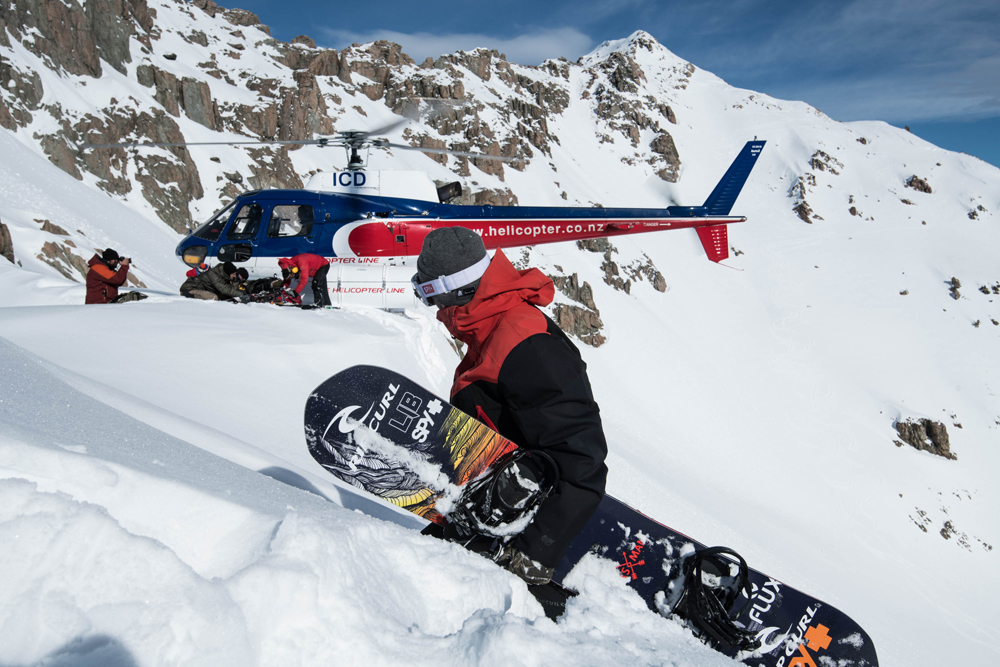
Heli-skiing is an integral part of New Zealand's attractions. Fly from major base towns such as Queenstown, Wanaka and Methven to the surrounding mountains by helicopter. Heli-skiing is surprisingly easy in the majestic Southern Alps. There are also many helicopter operation companies. For example, heli-ski packages from QUEENSTOWN and his WANAKA give you a choice of over 600 skiing routes in 11 surrounding mountains for around 120,000 yen (2023 season price) for 4-10 runs a day.
After driving for an hour on a dirt road, we finally arrived. We bought a lift pass for 13,000 yen, and aimed for the best conditions, rather than ski resorts where we didn't know what the weather and snow conditions would be like. Heli-skiing, with guaranteed spot drop-offs, is likely to be more costly, efficient and much more satisfying.
In addition, in Aoraki Mt.COOK National Park, you can go heli-skiing to Glacier (glacier) and snow plane (small plane wearing skis) from the Tasman Glacier, the largest glacier in the country, at an altitude of 2500m, about 8 ~ The wild “SKI THE TASMA”, where you ski for a distance of 10km, is also famous and popular. It feels like a price of about 83,000 yen (2023 season price) for two.
▼"Ski the Tasman" video at Tasman Glacier
INFO
◆ Tourist New Zealand
◆ Tourist Australia

